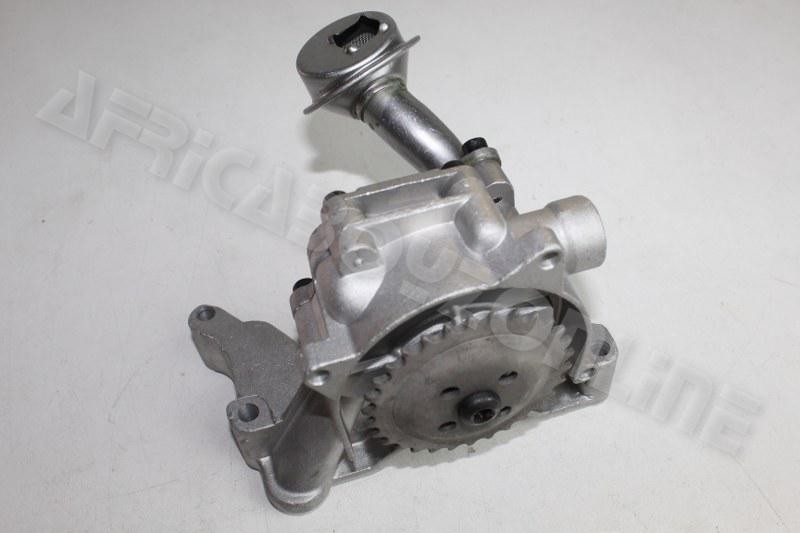How a Clp Engine Can Improve Effectiveness in Various Industries
The development of CLP engines marks a substantial change in operational efficiency across numerous fields, driven by their capacity to optimize gas intake and lessen downtime. As companies progressively focus on sustainability alongside efficiency, the duty of CLP engines comes to be even more essential.
Summary of CLP Engines
CLP engines, or Continual Fluid Propellant engines, represent a substantial development in propulsion innovation, particularly for room applications. These engines make use of a constant feed system that enables the continual expulsion of propellant, resulting in improved efficiency and performance compared to conventional solid or hybrid propulsion systems. By preserving a consistent circulation of liquid propellant, CLP engines can accomplish a lot more accurate thrust control, which is critical for maneuvering spacecraft in numerous objective situations.
The layout of CLP engines integrates advanced products and ingenious fuel monitoring systems. clp engine. This leads to reduced weight and enhanced integrity, important factors for long-duration room goals. The continual operation minimizes the danger of combustion instability, a typical difficulty in standard rocket engines.

Benefits in Manufacturing
The manufacturing of Constant Liquid Propellant (CLP) engines offers several noteworthy advantages that enhance both effectiveness and cost-effectiveness. Among the main advantages is the streamlined manufacturing procedure, which lowers the intricacy connected with typical propulsion systems. By utilizing fluid propellant, suppliers can attain better accuracy in engine efficiency, bring about maximized power output and reduced waste.
Furthermore, CLP engines promote a higher degree of modularity, enabling for less complicated combination right into numerous production lines. This flexibility can substantially decrease preparations and enhance overall operational versatility. The use of CLP technology likewise tends to minimize the requirement for comprehensive upkeep due to fewer moving parts, which equates into reduced downtime and operational prices.

Applications in Logistics
Leveraging Continual Liquid Propellant (CLP) engines in logistics offers substantial advantages in operational effectiveness and integrity. These engines offer a durable option for different transportation demands, enabling the click here for more seamless activity of products across huge ranges. The inherent design of CLP engines enables for constant power result, which equates right into smoother and much more predictable transport routines.
One of the vital applications of CLP engines in logistics is in sturdy products transportation, where they can drive both ground and aerial automobiles. Their capability to keep high performance under differing tons problems makes certain that delivery timelines are fulfilled, consequently boosting consumer fulfillment. In addition, CLP engines can be incorporated into automated logistics systems, assisting in real-time monitoring and enhancing route preparation.
In addition, the resilience of CLP engines reduces upkeep downtime, enabling logistics business to optimize their operational capabilities. This is especially beneficial in warehousing procedures, where performance in taking care of and delivering goods is critical. As logistics proceeds to evolve, the integration of CLP engines represents a forward-thinking strategy that not only enhances efficiency however likewise supports the sector's growing needs for integrity and speed.
Effect on Power Effectiveness
How do Continual Fluid Propellant (CLP) engines enhance power efficiency in transport? CLP engines utilize a constant flow of liquid fuel, enhancing combustion processes and preserving a stable thrust outcome. This style reduces energy losses related to standard burning engines, where gas delivery can differ and cause ineffectiveness.
The constant operation of CLP engines enables an extra efficient thermal cycle, causing greater specific impulse contrasted to conventional engines. clp engine. This converts to lowered fuel consumption for the same amount of job done, significantly decreasing functional prices throughout numerous transportation industries, consisting of air travel and maritime markets
In addition, the ability of CLP engines to preserve optimum efficiency under varying load problems reduces the need for constant acceleration and deceleration, further boosting gas efficiency. Enhanced energy performance not just adds to set you back financial savings however likewise causes lower greenhouse gas emissions, aligning with worldwide sustainability objectives.
Future Trends and Innovations
Arising advancements in Continuous Liquid Propellant (CLP) engine innovation guarantee to transform the landscape of transport click over here efficiency and sustainability. As markets pivot toward greener choices, CLP engines stand at the center, incorporating cutting-edge products and layout methodologies that enhance performance while minimizing ecological impact.
Among the most promising patterns is the fostering of hybrid systems get more that combine CLP engines with renewable power resources. This synergy can enhance fuel intake and minimize exhausts, lining up with global sustainability objectives. Developments in computational liquid characteristics (CFD) are assisting in the style of more aerodynamically efficient engines, leading to decreased drag and improved gas efficiency.
In addition, the advancement of smart surveillance systems is set to enhance functional effectiveness. These systems leverage information analytics and IoT modern technology to maximize engine performance in real-time, guaranteeing that the engines operate within their most effective parameters.
As research study remains to discover alternative propellant formulations-- such as biofuels and artificial fuels-- the future of CLP engines looks appealing. By using these developments, industries can not only improve their performance but also add substantially to a cleaner, more sustainable future in transport.
Verdict
In final thought, CLP engines stand for a considerable advancement in effectiveness across several sectors. The integration of sophisticated materials and fewer moving parts minimizes maintenance needs, while positioning with sustainability goals positions CLP engines as an essential technology for the future.